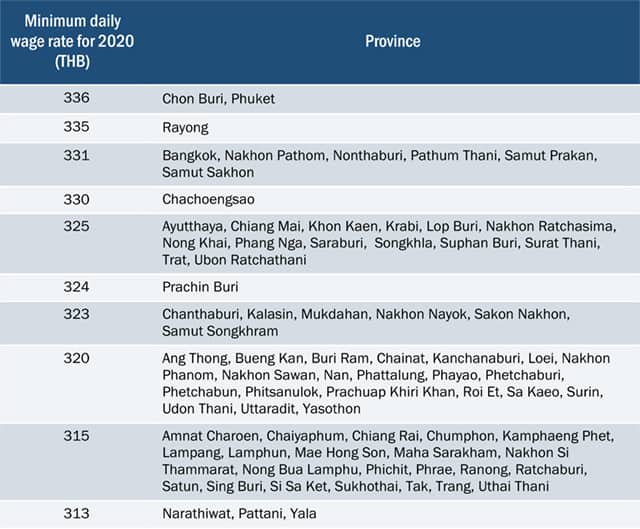Since July 13, 2021, the Thai government has issued a series of resolutions offering relief measures for persons insured under sections 33 (regular employees), 39 (former employees still paying contributions to the SSO) and 40 (freelancers) of the Social Security Act B.E. 2533 (1990) (the SSA) who have been affected by the COVID-19 prevention measures under the Emergency Decree on Public Administration in Emergency Situations B.E. 2548 (2005), including the business closures required in some provinces. The latest cabinet resolution extends relief measures to SSA-insured persons in 29 provinces designated as maximum control areas (or “dark red” provinces). The provinces are grouped into three categories based on when they received that designation (which, in turn, impacts the duration of the relief which they receive): Two types of relief measures have been announced—one for parties under section 33 of the SSA, and one for parties under sections 39 and 40. Section 33 (Regular Employees) Monetary assistance is available for Thai nationals insured under section 33 of the SSA (and their employers) engaged in the following business activities: Administrative and support activities Arts, entertainment, and recreation Automotive repair Construction Food and accommodation Information and communication activities Professional activities in science and academia Services Transportation and storage Wholesale/retail Employers must submit an application to the Social Security Office (SSO) through the online portal (www.sso.go.th/eservices) in order for them and their employees to receive the assistance payments. Each qualifying employee receives THB 2,500 per month if they are registered with the SSO within the deadline, while registered employers receive THB 3,000 per qualifying employee, up to a maximum of 200 employees (i.e., THB 600,000), as summarized in the table below. Section 39 (Former Employees Still Paying SSO Contributions) and Section 40 (Freelancers) THB 5,000 assistance payments are available for Thai employees insured






